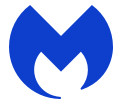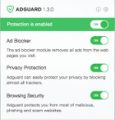What is DiscoveryUnit
DiscoveryUnit is an adware app. Adware is form of malicious software that may cause issues for your MAC. It can generate numerous additional pop-up, banner, pop-under and in-text link advertisements flooding on your web browser; collect your confidential data such as login details, online searches, etc; run in the background and drag down your MAC running speed; give more chances for other adware, PUPs even malware to get on your Apple Mac.
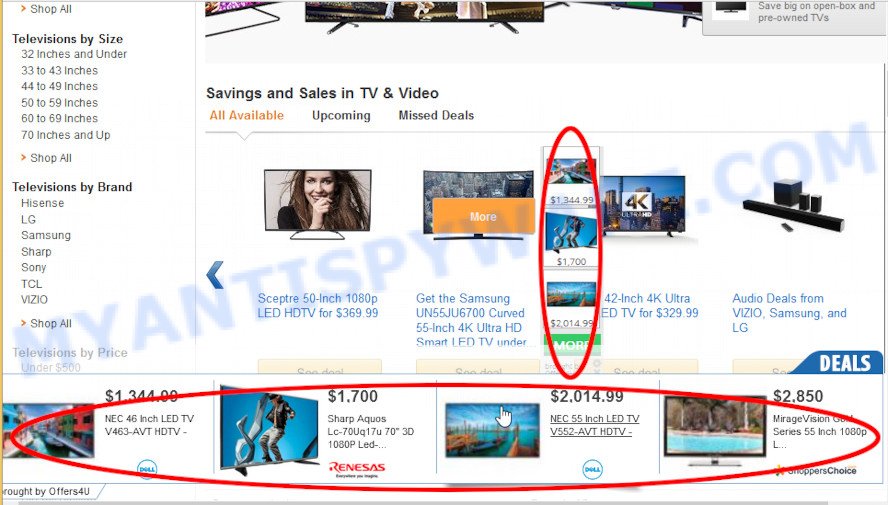
Unwanted ads
The worst is, the DiscoveryUnit app may monetize its functionality by gathering personal information from your browsing sessions. This personal information, subsequently, can be easily sold to third parties. This puts your personal information at a security risk. By following guide below it’s easy to scan and delete adware software from your Mac. Learn how to remove DiscoveryUnit and malicious apps, as well as how to run a full MAC virus scan.
How does DiscoveryUnit get on your MAC
Adware software usually is bundled with free programs that downloaded from the Internet. Which means that you need to be proactive and carefully read the Terms of use and the License agreement properly. For the most part, adware and PUPs will be clearly described, so take the time to carefully read all the information about the software that you downloaded and want to install on your computer.
Threat Summary
| Name | DiscoveryUnit, DiscoveryUnit 1.0 app |
| Type | adware, potentially unwanted program (PUP), Mac malware, Mac virus |
| Detection Names | MacOS.Agent-MT, ApplicUnwnt, Osx.Adware.Cimpli, Trojan-Downloader.OSX.Adload, OSX.Trojan.Gen, Adware.MAC.Generic, Program:MacOS/Vigram.A and Adware/Adload!OSX |
| Distribution | Free software installers, torrent downloads, fake update tools and malicious pop-up ads |
| Symptoms | Every time you perform an Internet search, your web browser is redirected to another webpage, unexpected advertisements appear on web pages that you are visiting, there is an unexpected program in the ‘Applications’ section of the Finder, new extensions suddenly added on your internet browser, your Apple Mac settings are being modified without your request, low ping but slow Internet. |
| Removal | DiscoveryUnit removal guide |
How to remove DiscoveryUnit from Mac computer
Fortunately, it is not hard to delete DiscoveryUnit. In the following tutorial, we will provide two methods to free your Apple Mac of this adware. One is the manual removal way and the other is automatic removal solution. You can choose the method that best fits you. Please follow the removal instructions below to remove DiscoveryUnit adware right now!
To remove DiscoveryUnit, execute the steps below:
- Remove profiles created by DiscoveryUnit
- Delete DiscoveryUnit associated software by using the Finder
- Remove DiscoveryUnit related files and folders
- Scan your Mac with MalwareBytes
- Remove DiscoveryUnit from Safari, Chrome, Firefox
- How to stay safe online
- Finish words
Remove profiles created by DiscoveryUnit
DiscoveryUnit can make changes to the Mac system such as malicious changes to browser settings, and the addition of malicious system profiles. You need to check the system preferences, find and remove malicious profiles and ensure your settings are as you expect.
Click Apple menu ( ![]() ) > System Preferences.
) > System Preferences.
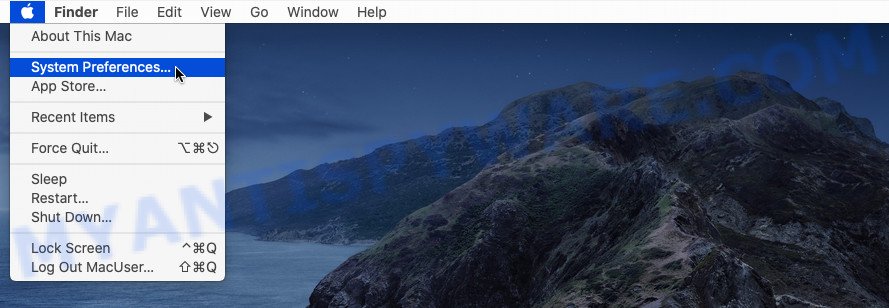
In System Preferences, select Profiles. if there is no Profiles in the list of preferences, that means there are no profiles installed on the Mac. If there is Profiles in the list, then click on it, then select a profile associated with DiscoveryUnit.
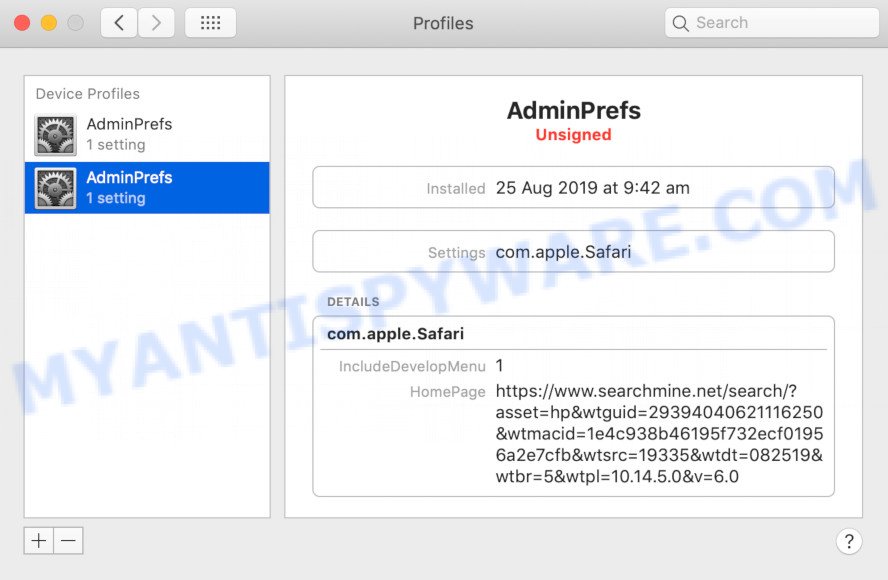
To delete a malicious profile, click on the minus button ( – ) located at the bottom-left of the Profiles screen.
Delete DiscoveryUnit associated software by using the Finder
The next step in removing browser hijackers, adware and PUPs by yourself is to go into the Finder, then Applications. Take a look at the list of software on your Mac device and see if there are any suspicious and unknown applications. If you see any, you need to delete it. Of course, before doing so, you can do an Internet search to find details on the program. If it is a adware software, browser hijacker and potentially unwanted program, you will likely find information that says so.
Open Finder and click “Applications”.
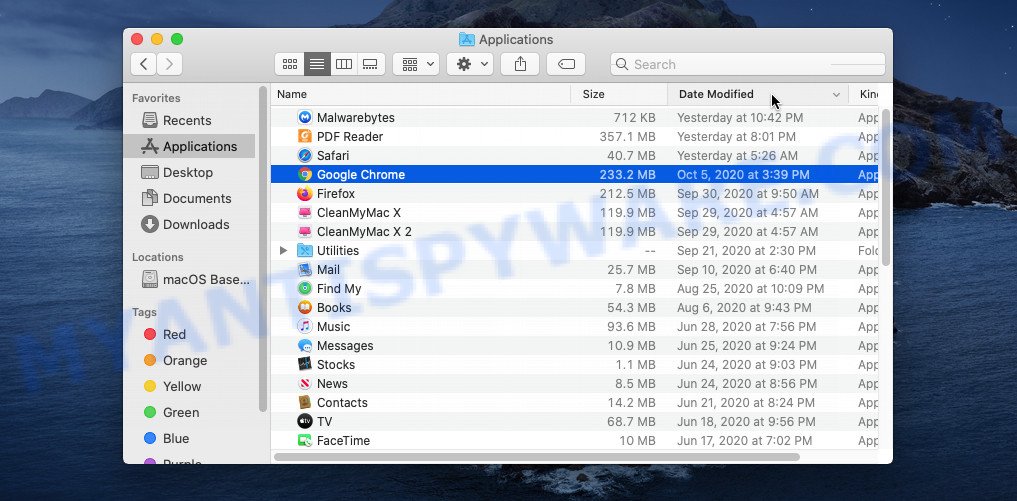
Carefully browse through the list of installed programs and delete all suspicious and unknown applications.
When you’ve found anything questionable that can be an adware app, then right click this application and select “Move to Trash”. Once complete, Empty Trash.
Remove DiscoveryUnit related files and folders
Now you need to try to find DiscoveryUnit related files and folders, and then delete them manually. You need to look for these files in certain directories. To quickly open them, we recommend using the “Go to Folder…” command.
DiscoveryUnit creates several files, these files must be found and removed. Below is a list of files associated with this unwanted application.
- /Library/LaunchDaemons/com.DiscoveryUnit.system.plist
- ~/Library/LaunchAgents/com.DiscoveryUnit.service.plist
- /Library/Application Support/.(RANDOM)/System/com.DiscoveryUnit.system
- ~/Library/Application Support/.(RANDOM)/Services/com.DiscoveryUnit.service.app
Some files created by DiscoveryUnit are hidden from the user. To find and delete them, you need to enable “show hidden files”. To do this, use the shortcut CMD + SHIFT + . Press once to show hidden files and again to hide them. There is another way. Click Finder -> Applications -> Utilities -> Terminal. In Terminal, paste the following text: defaults write com.apple.finder AppleShowAllFiles YES

Press Enter. Hold the ‘Option/alt’ key, then right click on the Finder icon in the dock and click Relaunch.
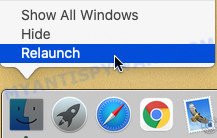
Click on the Finder icon. From the menu bar, select Go and click “Go to Folder…”. As a result, a small window opens that allows you to quickly open a specific directory.

Check for DiscoveryUnit generated files in the /Library/LaunchAgents folder

In the “Go to Folder…” window, type the following text and press Go:
/Library/LaunchAgents
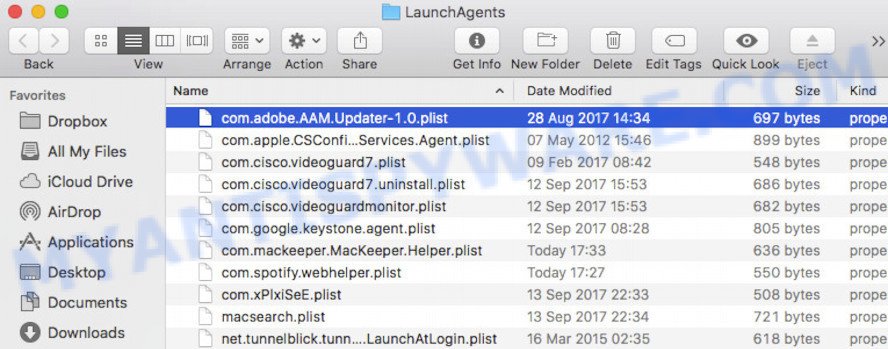
This will open the contents of the “/Library/LaunchAgents” folder. Look carefully at it and pay special attention to recently created files, as well as files that have a suspicious name. Move all suspicious files to the Trash. A few examples of files: installapp.plist, search.plist, com.machelper.plist, com.google.defaultsearch.plist, , com.DiscoveryUnit.service.plist, com.net-preferences.plist and macsearch.plist. Most often, PUPs, browser hijackers and adware software create several files with similar names.
Check for DiscoveryUnit generated files in the /Library/Application Support folder

In the “Go to Folder…” window, type the following text and press Go:
/Library/Application Support
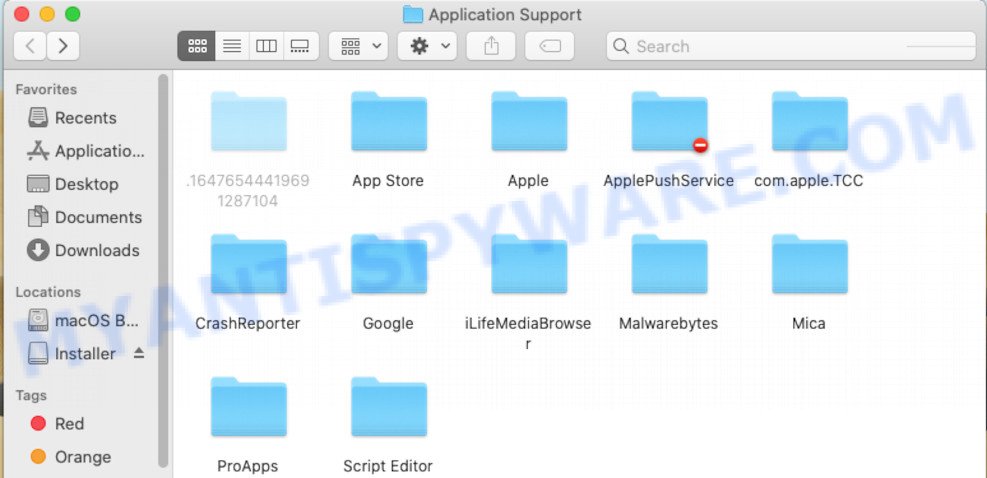
This will open the contents of the “Application Support” folder. Look carefully at its contents, pay special attention to recently added/changed folders and files. Check the contents of suspicious folders, if there is a file with a name similar to com.DiscoveryUnit.system, then this folder must be deleted. Move all suspicious folders and files to the Trash.
Check for DiscoveryUnit generated files in the “~/Library/LaunchAgents” folder

In the “Go to Folder…” window, type the following text and press Go:
~/Library/LaunchAgents

Proceed in the same way as with the “/Library/LaunchAgents” and “/Library/Application Support” folders. Look for suspicious and recently added files. Move all suspicious files to the Trash.
Check for DiscoveryUnit generated files in the /Library/LaunchDaemons folder
In the “Go to Folder…” window, type the following text and press Go:
/Library/LaunchDaemons

Carefully browse the entire list of files and pay special attention to recently created files, as well as files that have a suspicious name. Move all suspicious files to the Trash. A few examples of files to be deleted: com.macsearch.system.plist, com.machelper.system.plist, com.DiscoveryUnit.system.plist, com.search.system.plist and com.installapp.system.plist. In most cases, potentially unwanted programs, browser hijackers and adware software create several files with similar names.
Scan your Mac with MalwareBytes
We suggest using MalwareBytes Anti Malware to scan the Mac device for PUPs, adware and browser hijackers. This free utility is an advanced malware removal program created by (c) Malwarebytes lab. This program uses the world’s most popular antimalware technology. It is able to help you remove browser hijackers and other security threats from your Mac computer for free.
Click the following link to download MalwareBytes Anti-Malware (MBAM).
21020 downloads
Author: Malwarebytes
Category: Security tools
Update: September 10, 2020
Once the download is complete, close all windows on your computer. Further, launch the saved file. Follow the prompts.
The MalwareBytes AntiMalware will automatically run and you can see its main window as shown in the following example.
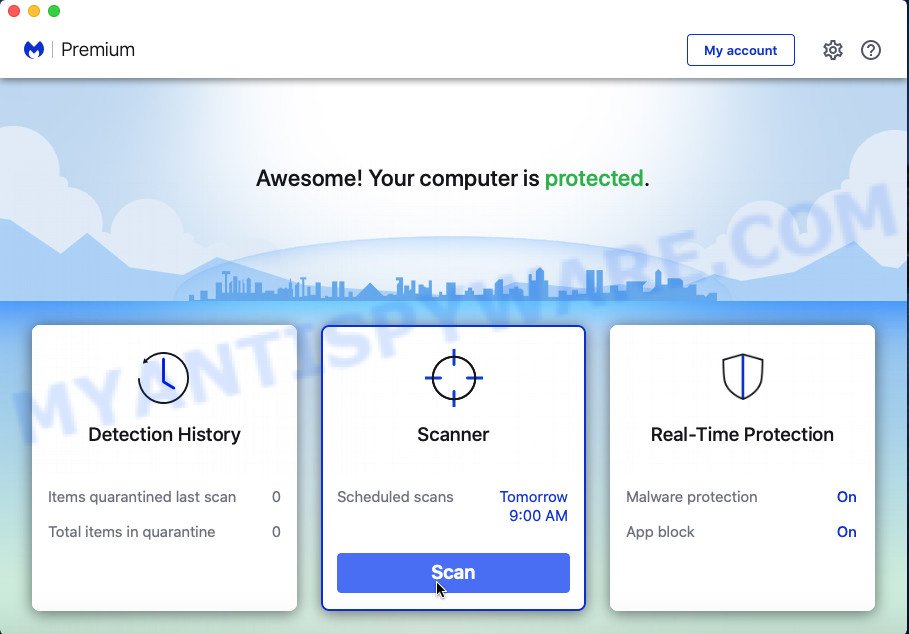
Next, click the “Scan Now” button to find the DiscoveryUnit adware. Depending on your MAC system, the scan can take anywhere from a few minutes to close to an hour.
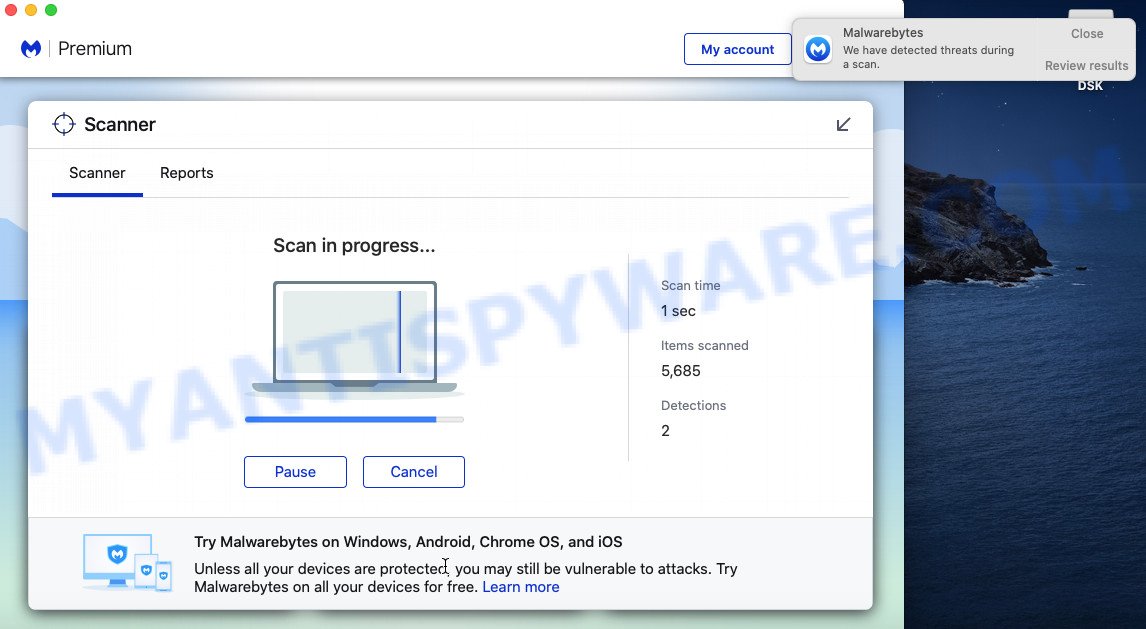
When MalwareBytes Anti-Malware (MBAM) is finished scanning your Apple Mac, MalwareBytes Free will display a screen which contains a list of malware that has been found. You may delete threats (move to Quarantine) by simply press the “Quarantine” button.
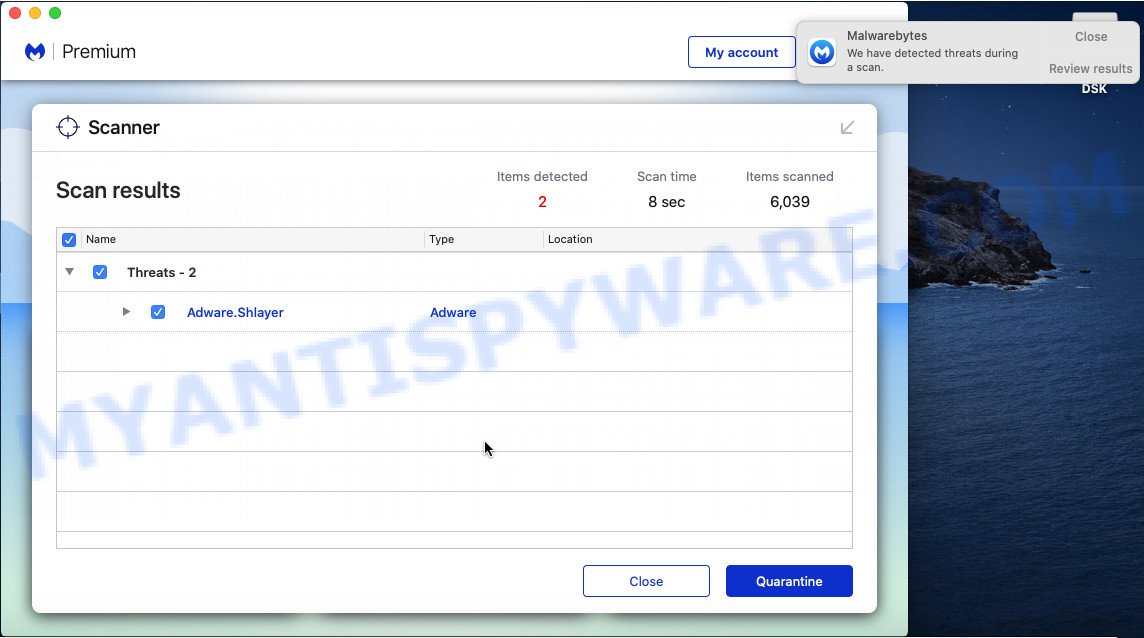
The MalwareBytes Free will remove DiscoveryUnit adware and move the selected threats to the Quarantine.
Remove DiscoveryUnit from Safari, Chrome, Firefox
Remove maliicous browser addons is a easy method to delete DiscoveryUnit and return web browser’s settings that have been modified by adware.
You can also try to remove DiscoveryUnit by reset Chrome settings. |
If you are still experiencing issues with DiscoveryUnit adware removal, you need to reset Firefox browser. |
|
How to stay safe online
Use an adblocker tool like AdGuard will protect you from malicious advertisements and content. Moreover, you may find that the AdGuard have an option to protect your privacy and stop phishing and spam web-pages. Additionally, ad-blocker applications will help you to avoid annoying ads and unverified links that also a good way to stay safe online.
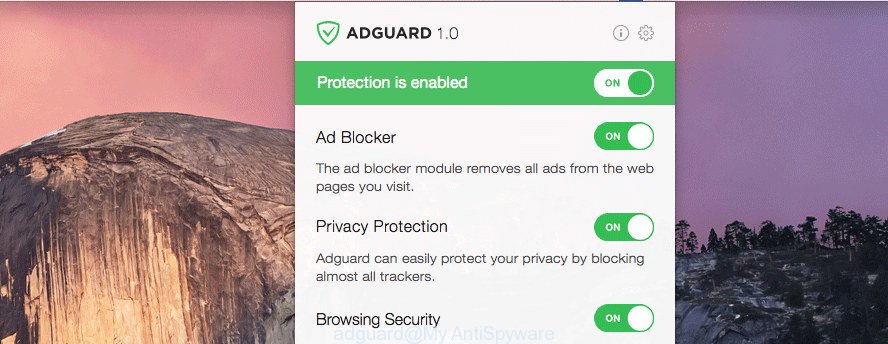
Visit the following page to download AdGuard.
3780 downloads
Author: © Adguard
Category: Security tools
Update: January 17, 2018
When downloading is finished, launch the downloaded file. You will see the “Setup Wizard” screen. Follow the prompts.
Each time, when you start your MAC system, AdGuard will start automatically and stop unwanted pop-ups, block malicious and misleading web-sites.
Finish words
Now your MAC OS should be free of the DiscoveryUnit adware. We suggest that you keep MalwareBytes AntiMalware (MBAM) (to periodically scan your MAC for new adware softwares and other malware) and AdGuard (to help you block intrusive pop-ups and malicious web-pages). Moreover, to prevent any adware, please stay clear of unknown and third party programs.
If you need more help with DiscoveryUnit related issues, go to here.
